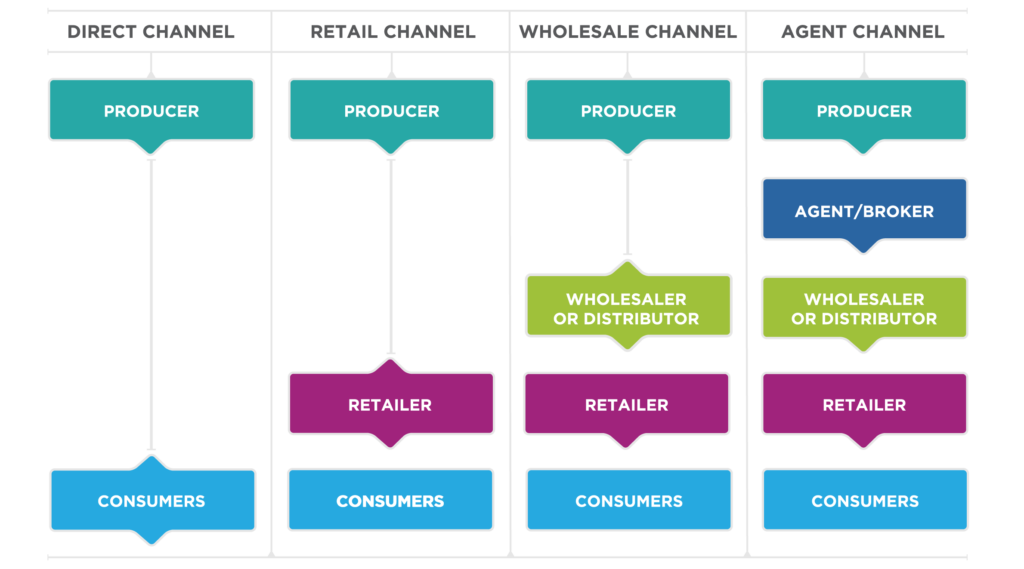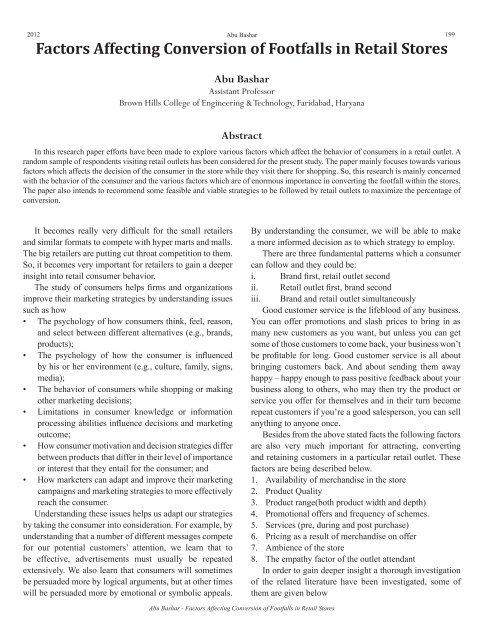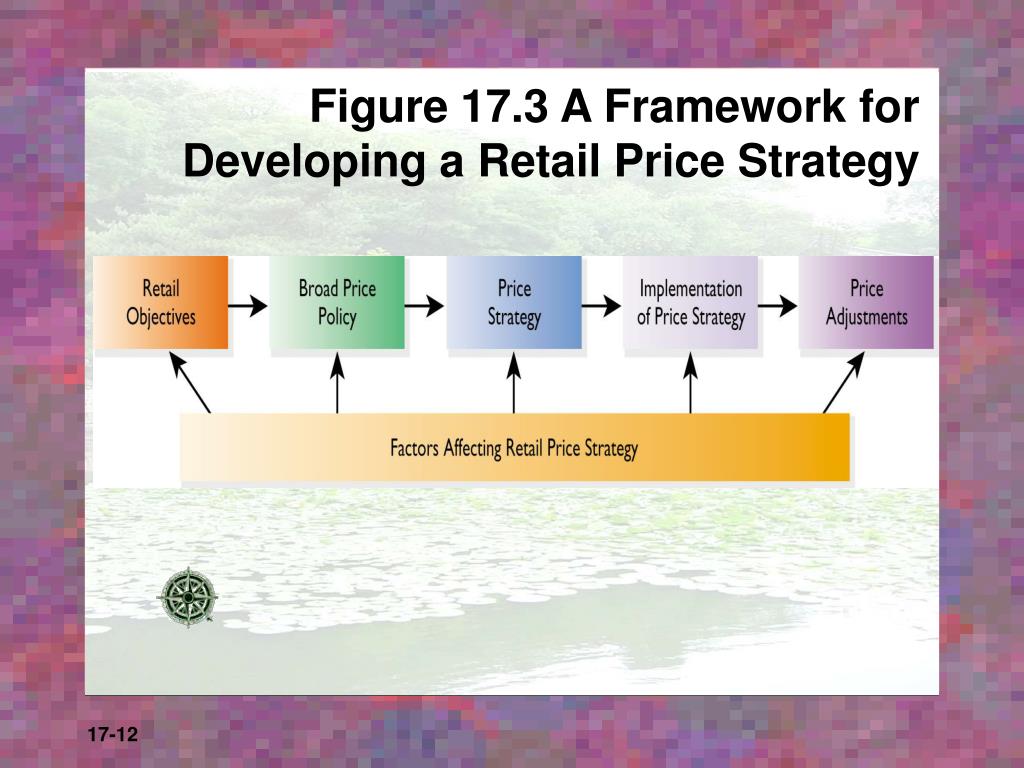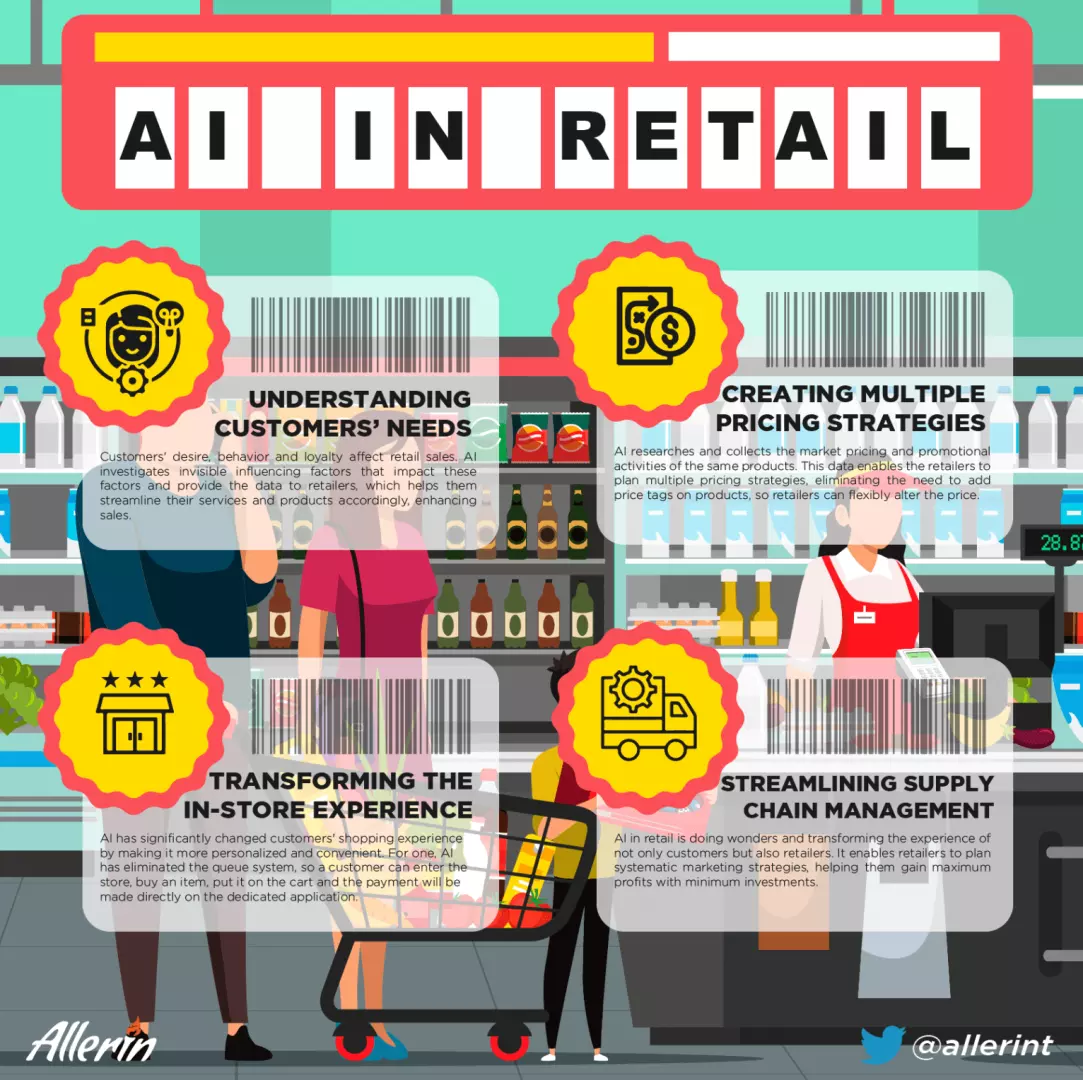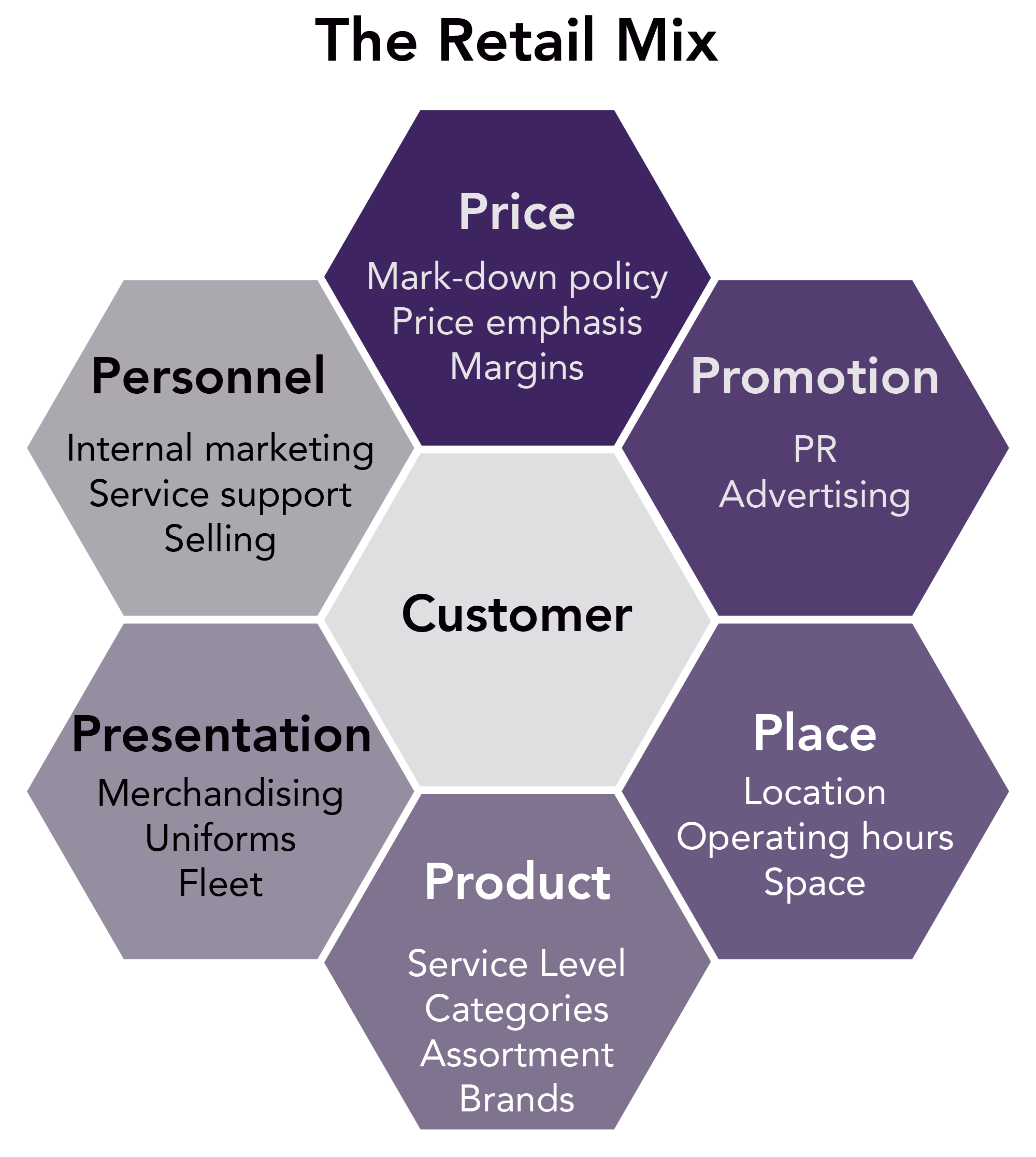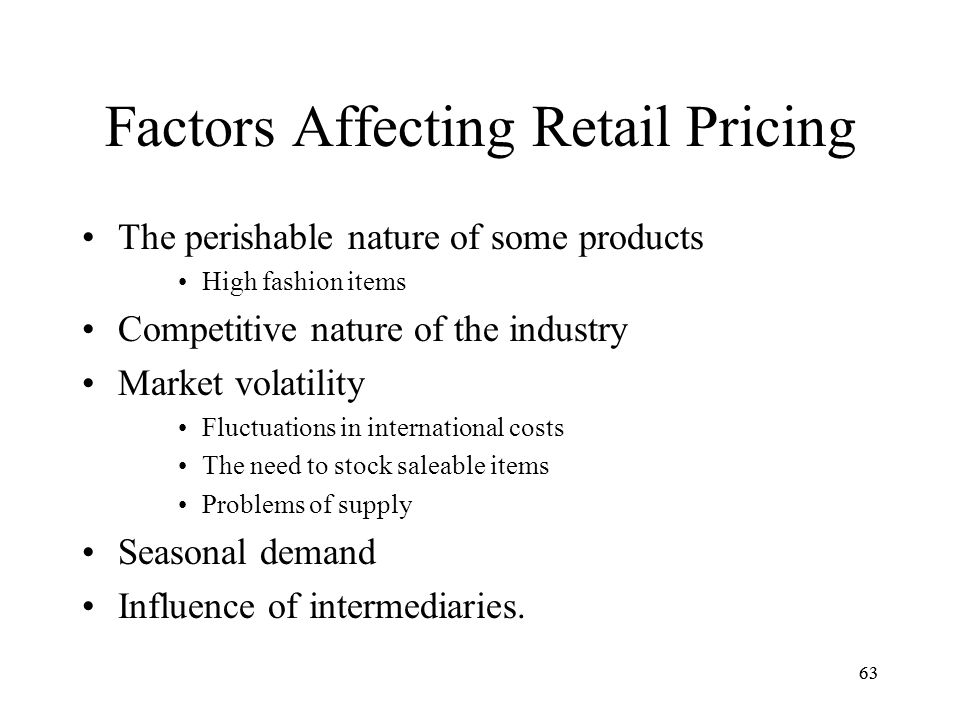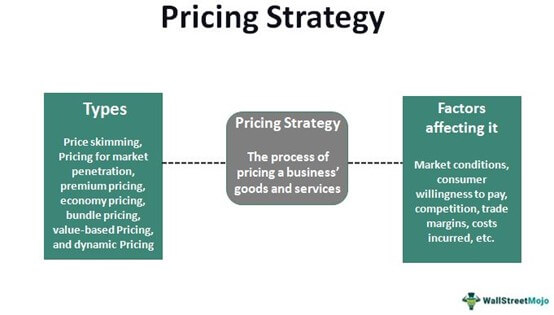Pricing is a key element of a retail business's marketing strategy, as it can have a significant impact on a company's profitability and competitiveness. There are several factors that can affect a retail pricing strategy, including the target market, the product or service being offered, the competition, and the overall economic environment.
One of the main factors that can affect a retail pricing strategy is the target market. Different target markets may have different levels of price sensitivity, which can influence the pricing strategy that a retailer uses. For example, if a retailer is targeting budget-conscious consumers, they may need to adopt a lower pricing strategy in order to be competitive. On the other hand, if a retailer is targeting more affluent consumers, they may be able to charge higher prices due to the higher price tolerance of their target market.
Another factor that can impact a retail pricing strategy is the product or service being offered. The cost of producing and distributing a product or service can play a significant role in determining the price that a retailer charges. For example, if a retailer has high production costs, they may need to charge a higher price in order to cover those costs and still make a profit. On the other hand, if a retailer has low production costs, they may be able to offer a lower price and still make a profit.
The competition is also a key factor that can affect a retail pricing strategy. If a retailer operates in a highly competitive market, they may need to adopt a lower pricing strategy in order to stay competitive. This can be particularly true if there are many other retailers offering similar products or services at lower prices. On the other hand, if a retailer operates in a market with few competitors, they may be able to charge higher prices due to the lack of competition.
The overall economic environment can also affect a retail pricing strategy. During times of economic downturn, consumers may be more price-sensitive, which can lead retailers to adopt lower pricing strategies in order to remain competitive. On the other hand, during times of economic growth, consumers may be more willing to pay higher prices, which can allow retailers to charge higher prices without losing customers.
In summary, retail pricing strategy is influenced by a variety of factors, including the target market, the product or service being offered, the competition, and the overall economic environment. Understanding and considering these factors can help retailers effectively set prices that are competitive and profitable.
